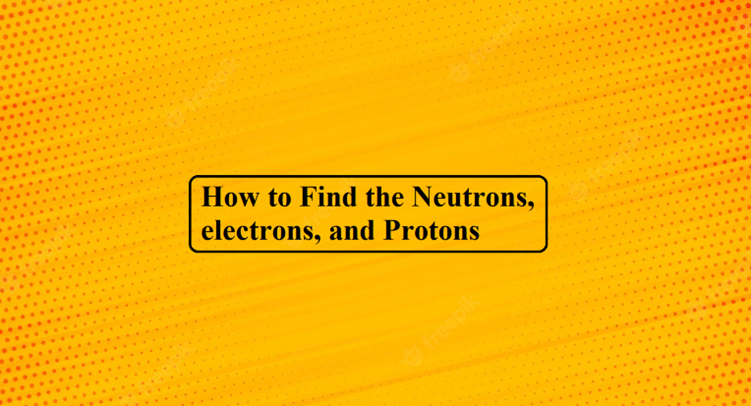How to Find the Neutrons, electrons, and Protons
Calculate the number of electrons, protons, and neutrons in the following species.
(i) Phosphorus atom
(ii) Phosphide ion (P3-)
(iii) Magnesium ion (Mg2+)
Mass number: P = 31, Mg = 24
Atomic numbers: P = 15, Mg = 12
(i) Phosphorus atom:
Number of electrons = Atomic number = 15
Number of protons = Atomic number = 15
Number of neutrons = Mass number – atomic number = 31 – 15 = 13.
(ii) Phosphide ion (P3-):
Phosphide ion (P3-) = Phosphorus atom + 3 electrons
P3- ≡ P + 3e-
Thus, the phosphide ion has the same number of protons and neutrons as the phosphorus atom but has three electrons more.
Number of electrons = 15 + 3 = 18
Number of protons = 15
Number of neutrons = 31 – 15 = 16
(iii) Magnesium ion (Mg2+):
Mg2+ ion is formed by the loss of two electrons by the Mg atom. Therefore, it has two electrons less than the number of electrons in the Mg atom.
Number of electrons = 12 – 2 = 10
Number of protons = 12
Number of neutrons = (24 – 12) = 12
How to Find the Neutrons



